Launching a new product is like setting sail on uncharted waters—you’ve done your prep, but you can’t fully predict the stormy seas ahead. The stakes? High. The risks? Even higher. Statistics show that a staggering 95% of new products fail, often due to poor market fit or missed customer needs. So, how do you ensure your product isn’t part of that grim statistic?
This is where artificial intelligence (AI) swoops in like a trusty compass. AI is changing the way we approach product development, offering predictive insights that were once the stuff of science fiction. From analyzing market trends to forecasting customer demand, these tools are taking the guesswork out of decision-making.
In this article, we’ll explore 8 AI tools for predicting your product’s success before it ever hits the market. Whether you’re a startup founder or a product manager, these tools can be game-changers in ensuring your efforts don’t go to waste. Let’s dive in!
Why Predicting Product Success Matters
Understanding the Risks
Imagine pouring months—or even years—into a product, only to see it flop upon launch. Unfortunately, this is a reality many companies face. According to Harvard Business School, 95% of products fail, often because businesses overlook crucial factors like market demand, customer preferences, or competitive positioning. The result? Wasted resources, tarnished reputations, and a missed opportunity to make an impact.
Predicting product success isn’t just about avoiding failure; it’s about maximizing the value of your investment. When you have a clear understanding of the risks, you can make more informed decisions and pivot when necessary, ensuring you stay ahead of the curve.
The Role of Data-Driven Insights
Gone are the days when product launches relied solely on gut instincts or limited focus groups. Today, data-driven insights reign supreme. Predictive analytics allows businesses to:
Uncover emerging trends before they peak.
Understand user behavior to anticipate demand.
Identify potential roadblocks and tackle them early.
For instance, analyzing search trends might reveal growing interest in sustainable products, giving you the edge to create offerings that align with consumer desires. Data-driven insights also help in fine-tuning pricing, marketing strategies, and feature prioritization.
How AI Fits In
Here’s where things get exciting. AI doesn’t just analyze data—it learns from it. By sifting through vast amounts of information, AI can identify patterns, predict outcomes, and recommend actionable strategies faster than any human ever could.
Some key ways AI supports product success include:
Market Analysis: Identifying gaps and opportunities.
Customer Sentiment Tracking: Understanding how your target audience feels about similar products.
Competitor Insights: Keeping tabs on what’s working (and failing) for others in your space.
Think of AI as your crystal ball—it won’t guarantee success, but it can give you a much clearer picture of what lies ahead.
How AI Predicts Product Success
AI isn’t magic, but it might feel like it when you see the results it can deliver. Behind every accurate prediction lies advanced algorithms, machine learning models, and a whole lot of data crunching. Let’s break down how these AI tools for predicting product success work and what makes them so powerful.
Core Features of Predictive AI Tools
1. Market Trend Analysis
AI tools can monitor billions of data points, including search queries, social media activity, and industry reports. This helps identify emerging trends and assess whether your product aligns with what the market is craving.
Example: A beverage company might spot rising interest in adaptogenic drinks and use that insight to create a new product line.
2. User Sentiment Analysis
What are people saying about products like yours? AI-powered sentiment analysis tools comb through reviews, tweets, and forums to gauge public opinion. This insight can guide your product design and messaging.
Example: Analyzing app reviews to uncover common frustrations, like poor usability, can inspire improvements before launch.
3. Competitor Benchmarking
AI prediction tools can keep an eye on your competitors by tracking their product launches, pricing strategies, and customer feedback. This allows you to spot gaps in their offerings and position your product more effectively.
Example: Noticing a competitor’s product lacks a key feature can guide your development roadmap.
4. Demand Forecasting
Predictive AI can analyze historical sales data, economic trends, and seasonal patterns to forecast demand for your product. This ensures you manufacture the right amount and avoid overstock or shortages.
Example: Retailers can use AI to predict which products will be popular during the holiday season, helping them stock appropriately.
Real-World Use Cases
Netflix: AI analyzes viewing habits to predict what shows or movies will resonate with audiences, guiding content investments.
Nike: Leverages AI to track fitness trends and develop products tailored to athletes’ evolving needs.
Amazon: Uses demand forecasting tools to ensure products are available exactly when customers want them.
8 AI Tools to Predict Product Success
Now for the exciting part: you must not be a multibillion dollar company to be able to leverage AI tools that can transform your product development journey.
These AI-powered platforms aren’t just fancy software—they’re your allies in decoding market needs, understanding user sentiment, and staying ahead of competitors. Let’s meet the top eight:
1. Crimson Hexagon (now part of Brandwatch)
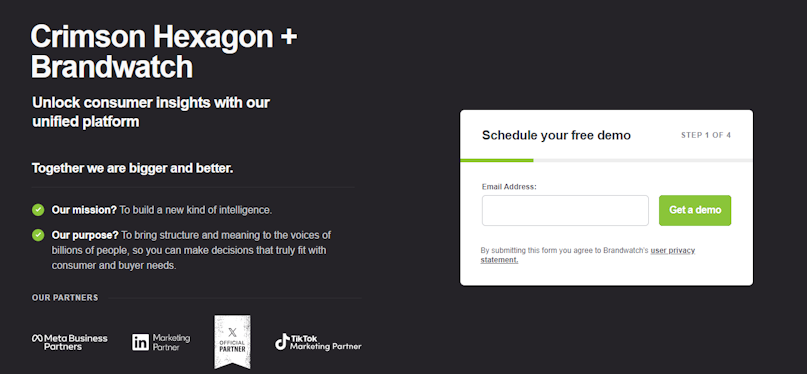
Crimson Hexagon specializes in social listening and sentiment analysis. It analyzes billions of conversations across social media, forums, and reviews to reveal how people feel about topics, brands, and products.
Why It’s Useful: By tracking public opinion, you can identify potential demand, address concerns, or even tweak your product positioning pre-launch.
Example Use Case: A fitness app might discover that users are buzzing about features like AI-based personal training, prompting them to prioritize development of that feature.
2. Gartner Digital Markets Insights
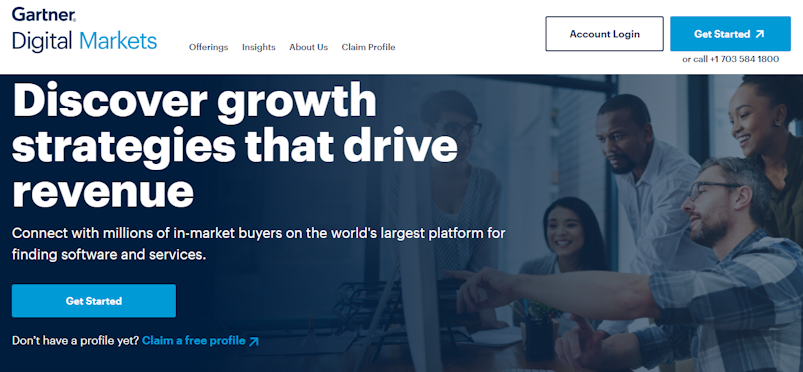
Gartner’s platform aggregates industry research and market trends to help businesses assess product-market fit and competitive positioning.
Why It’s Useful: Perfect for identifying emerging trends and ensuring your product aligns with market demands.
Example Use Case: A SaaS company can use Gartner’s insights to pinpoint underserved niches within their target industry.
3. Qualtrics XM Predict iQ
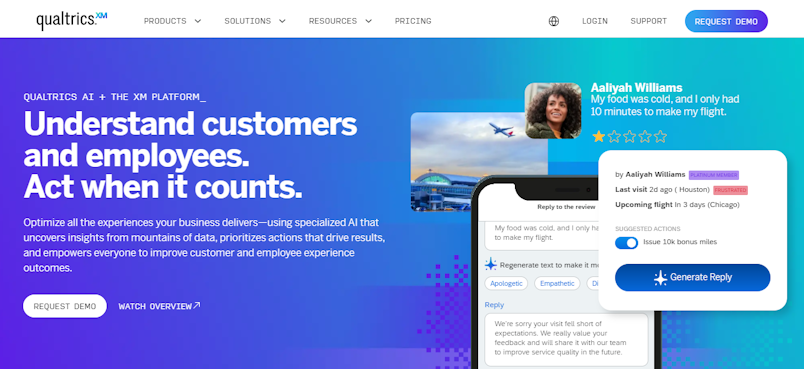
Predict iQ uses machine learning to analyze customer feedback, survey data, and behavioral patterns to anticipate outcomes like customer satisfaction or churn.
Why It’s Useful: Helps you refine your product to boost customer satisfaction and retention.
Example Use Case: A subscription box company might use Predict iQ to identify why certain customers are likely to cancel and adjust their offerings accordingly.
4. Tableau with AI Extensions
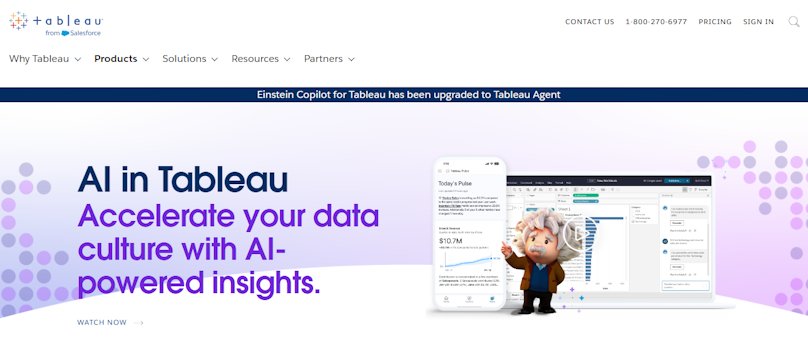
Tableau is a leading data visualization tool, and with its AI extensions, it can generate predictive models for demand forecasting and trend analysis.
Why It’s Useful: Makes complex data easy to interpret, helping teams identify actionable insights.
Example Use Case: An e-commerce brand can forecast sales trends for a new product launch based on historical data and external factors like seasonality.
5. GrowthBot by HubSpot
HubSpot's GrowthBot is an AI assistant designed for marketers and product teams, providing insights on competitor strategies, keyword trends, and industry performance.
Why It’s Useful: Combines competitive research with actionable recommendations, streamlining decision-making.
Example Use Case: A startup could use GrowthBot to track competitors’ ad strategies and adjust their launch campaign accordingly.
6. CB Insights
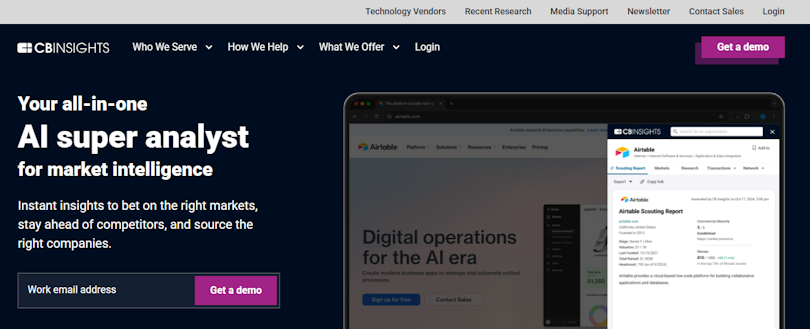
Looking to identify where the next big opportunities lie? CB Insights analyzes investment trends, market patterns, and startup activity to achieve detailed insights.
Why It’s Useful: Helps you understand if your product idea aligns with growing market demands and investment trends.
Example Use Case: A fintech company can analyze CB Insights data to determine which payment features are gaining traction globally.
7. OpenAI’s API Tools
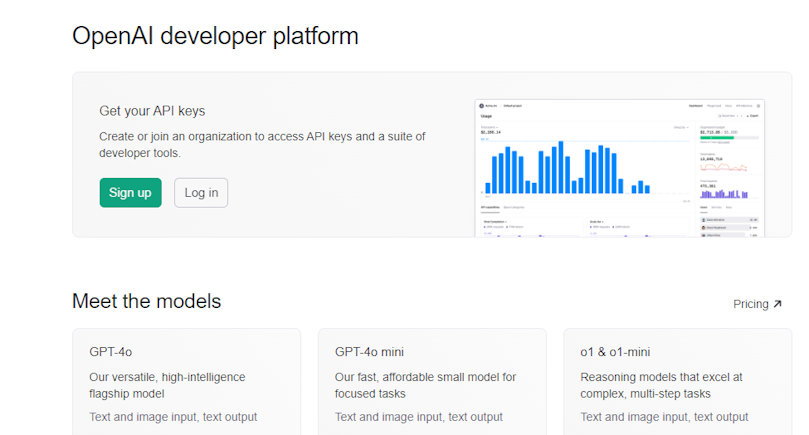
OpenAI’s customizable APIs (like GPT models) can process text, summarize data, and provide predictive insights tailored to your needs.
Why It’s Useful: Offers flexibility to create bespoke AI solutions for niche prediction needs.
Example Use Case: A publishing platform might use GPT-powered AI to analyze reader feedback and predict which genres or topics will drive subscriptions.
8. Mixpanel
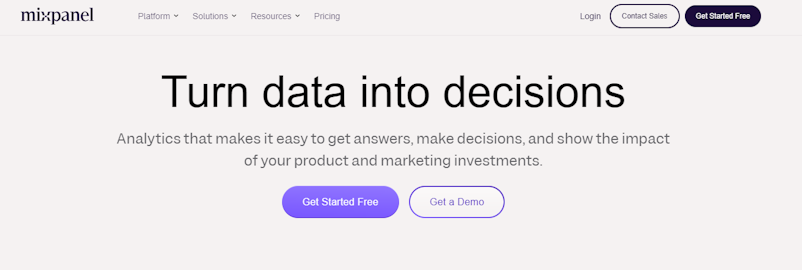
This tool focuses on behavioral analytics, tracking user interactions across your app or website to predict future engagement or drop-offs.
Why It’s Useful: Helps you fine-tune user experiences to maximize retention and adoption rates.
Example Use Case: A mobile game developer can use Mixpanel to predict which features will keep players hooked, improving launch-day stickiness.
These AI prediction tools bring clarity and confidence to the often murky waters of product development. They can dramatically increase the odds of launching a product that resonates with your audience and stands the test of time.
Integrating AI Insights into Your Product Development Workflow
Having access to powerful AI tools is one thing—knowing how to seamlessly integrate them into your workflow is another. Let’s break it down step by step so you can turn all those insights into actionable strategies for success.
Step 1: Set Clear Objectives
Before diving into any AI tool, ask yourself: What problem are we trying to solve?
Are you looking to predict demand, analyze user sentiment, or uncover emerging market trends? Setting specific goals helps you choose the right tools and interpret the data effectively.
Pro Tip: Start with one clear objective to avoid being overwhelmed by data. For example, if your goal is to forecast demand, focus on tools like Tableau or Gartner Digital Markets Insights first.
Step 2: Collect and Centralize Your Data
AI thrives on data—lots of it. This means gathering information from diverse sources like:
Customer feedback (reviews, surveys, and support tickets)
Social media mentions and sentiment
Industry reports and competitor analysis
Once you have your data, centralize it using platforms like a Customer Data Platform (CDP) or a data visualization tool like Tableau. Centralization ensures you have a single source of truth, making it easier for AI tools to generate actionable insights.
Step 3: Analyze and Interpret Insights
This is where the magic happens! Your AI tools will churn through the data and provide actionable insights, but interpretation is key.
Look for patterns: Are there recurring themes in customer feedback?
Focus on emerging trends: Is there a rising demand for a specific feature or product type?
Identify gaps: What are competitors missing that you can deliver?
Pro Tip: Combine AI insights with human intuition. While AI can highlight trends, your team’s expertise can add context and creativity to the findings.
Step 4: Adapt Your Strategy
Insights are only valuable if you act on them. Use the data to:
Refine your product: Add features or address pain points identified by AI.
Improve your marketing: Tailor messaging to align with customer sentiment.
Optimize pricing: Use demand forecasting to set competitive but profitable prices.
Step 5: Monitor and Iterate
AI insights aren’t one-and-done; they’re part of an ongoing process. Continuously track new data, monitor how your strategies are performing, and tweak as needed.
Key Tip: Use tools like Mixpanel or Heap to analyze post-launch user behavior. Did your changes resonate with your audience? What can you improve further?
Bringing It All Together
Integrating AI into your workflow goes beyond just using tools to creating a feedback loop of continuous learning. You’ll not only predict success but actively shape it by setting goals, centralizing data, and acting on insights.
Challenges and Considerations
AI tools for predicting product success may feel like a superpower, but even superheroes have their kryptonite. Before diving headfirst, it’s important to understand the potential hurdles and how to overcome them.
1. Accuracy Isn’t Always Guaranteed
AI predictions rely heavily on data quality. Garbage in, garbage out. If your data is incomplete, biased, or outdated, your AI might lead you astray.
What to Do: Treat your data like gold—clean it, organize it, and audit it regularly. Always cross-check AI insights with real-world testing to ensure they hold up.
2. Costs Can Add Up
Let’s face it—some AI tools come with hefty price tags, and learning how to use them effectively isn’t always simple.
How to Manage: Start small. Many tools like Mixpanel or Tableau offer free tiers or trials. Focus on tools that align closely with your goals, and train your team to get the most bang for your buck.
3. Ethical Dilemmas Lurk
AI loves data, but collecting and using it can raise ethical questions about privacy and consent. Mishandling data could land you in hot water.
How to Stay Safe: Follow regulations like GDPR or CCPA and be transparent with your audience about how you’re using their information. Ethical AI isn’t just responsible—it builds trust.
No tool is perfect, but with smart planning and vigilance, you can sidestep the pitfalls and make AI a powerful ally in predicting product success.
Conclusion
Predicting product success used to feel like guessing in the dark, but with AI tools, you can now navigate your launch with precision and confidence. By analyzing trends, user behavior, and market gaps, AI gives you the insights you need to minimize risks and maximize potential.
As you integrate these AI tools for predicting product success into your workflow, remember: AI is a powerful ally, but it’s your team’s creativity and expertise that will turn predictions into real success. So, why leave your product’s future to chance when you can let AI guide the way? The future of product development is here—and it’s smarter than ever.





